Mercedes-Benz: A Design History
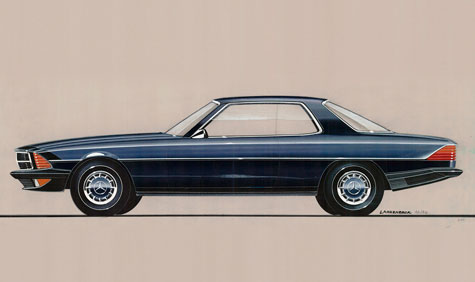
Somewhat unfairly, Mercedes-Benz has never garnered the designer laurels of their immediate competitors. Although the company – the oldest automotive brand in the world - has done more than any other to shape the form of the automobile, Mercedes has always seemed content to let other firms present their work as 'design-led'.
It's only in the past decade, in a car market defined by the dark art of branding and an unprecedented proliferation of products, that the German firm has been more vocal about the processes and practices that shapes their range.
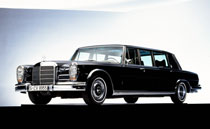
See more of Mercedes-Benz over the years
So what defines Mercedes-Benz design? Like all car makers, Mercedes-Benz likes to talk genetics, implying that car design is akin to raw evolution, a survival of the fittest ethos where only the best expressions of the brand make it to market.
DESIGN, a monograph intended for internal consumption only, is rich with intriguing prototypes and concepts, some of which demonstrate their place is this most ordered of families, others representing a more distant future or even blind alleys that were never pursued.
While there are welcome glimpses of the earliest cars produced by the company, as well as the impressive set of autobahn stormers conceived during the 1930s, our eyes are drawn to the svelte concepts and research cars. These demonstrate a company always looking to push the technological boundaries, if not the aesthetic ones (although some, like the gullwinged C111 supercar, do both with aplomb).
Mercedes' key reputation rests on its saloon cars, traditionally deemed to hide over-engineered excellence beneath sober surfaces and straitlaced proportions. Sometimes this resulted in a brutal, bombastic simplicity, like the mighty 600 Pullman limousine of the 60s. Yet the company has also led the way in sports car design, with the fabulous race cars of the post-war era spawning the 300SL, a fabulous creation that is a direct ancestor of today's SL range.
Receive our daily digest of inspiration, escapism and design stories from around the world direct to your inbox.
After being overseen by Peter Pfeiffer for the bulk of the 21st century (Pfeiffer worked for Mercedes-Benz for over forty years in all), the company's design studio is now led by Gorden Wagener. The modern Mercedes-Benz is a rather more muscular creation, aimed at consumers who have largely abandoned discretion in favour of stylish statements about their own personal tastes and desires.
With the emergence of new propulsions systems and shifting consumer attitudes to cars in general, automotive design language is entering a new era. As the company that effectively kick-started the industry, we imagine Mercedes-Benz will want to play a key part in keeping it alive in the future.
Jonathan Bell has written for Wallpaper* magazine since 1999, covering everything from architecture and transport design to books, tech and graphic design. He is now the magazine’s Transport and Technology Editor. Jonathan has written and edited 15 books, including Concept Car Design, 21st Century House, and The New Modern House. He is also the host of Wallpaper’s first podcast.
-
 Inside Roger Vivier’s opulent new Paris HQ and archive, a haven for shoe lovers
Inside Roger Vivier’s opulent new Paris HQ and archive, a haven for shoe loversWallpaper* takes a tour of ‘Maison Vivier’, an 18th-century hôtel particulier that houses the French shoemaker’s headquarters, studio and archive – an extraordinary collection of over 1,000 pairs of shoes
-
 Rajan Bijlani opens his Primrose Hill home for ‘Electric Kiln’
Rajan Bijlani opens his Primrose Hill home for ‘Electric Kiln’In his London home – once the studio of ceramicist Emmanuel Cooper – Rajan Bijlani stages ‘Electric Kiln’, uniting Frank Auerbach, Lucie Rie and Cooper in an intimate reflection on the creative spirit of postwar London
-
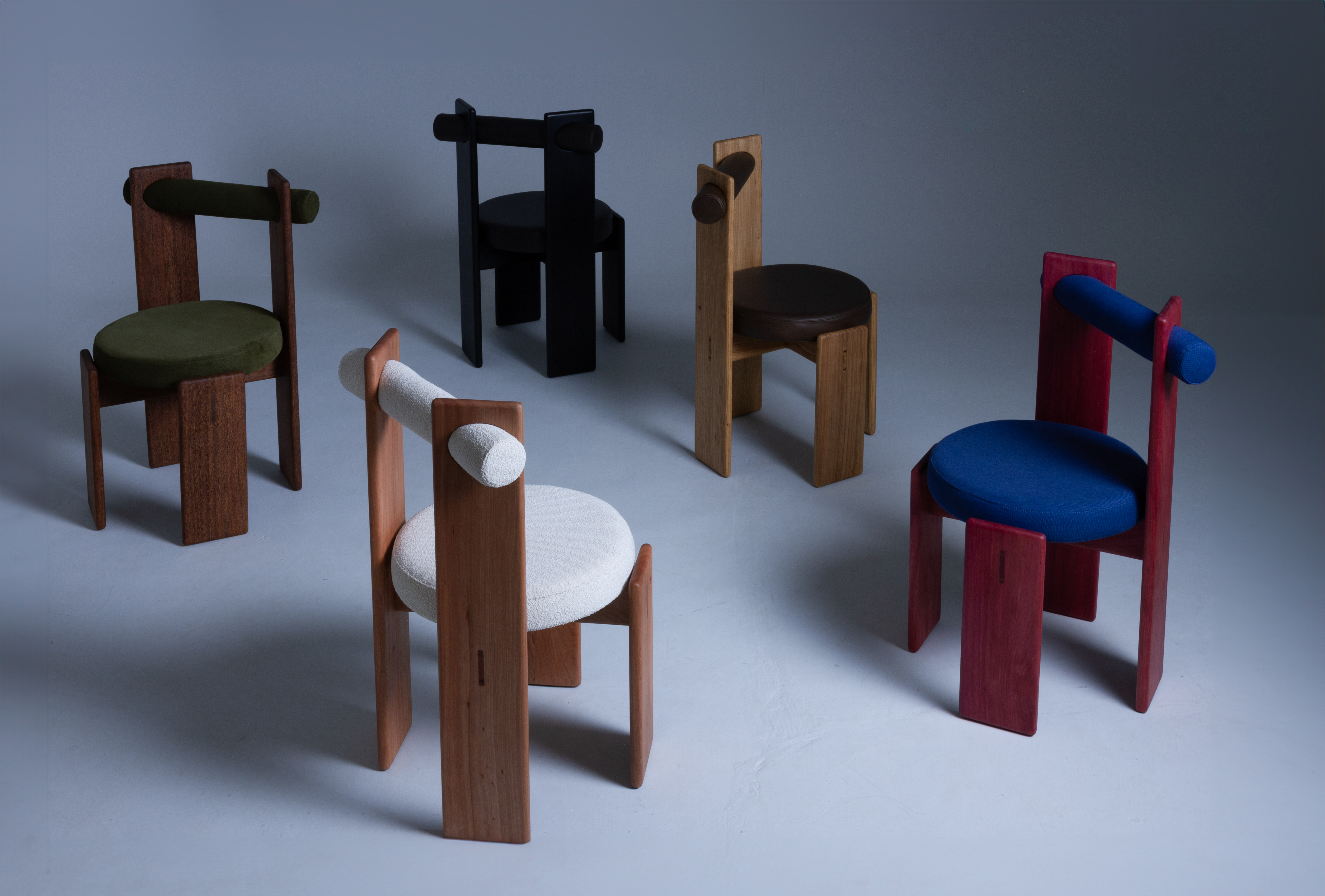 These are the design exhibitions to see in London during Frieze Week
These are the design exhibitions to see in London during Frieze WeekWe round up the best design events happening in London in conjunction with Frieze Week 2025: discover collectible design and craft across the city
-
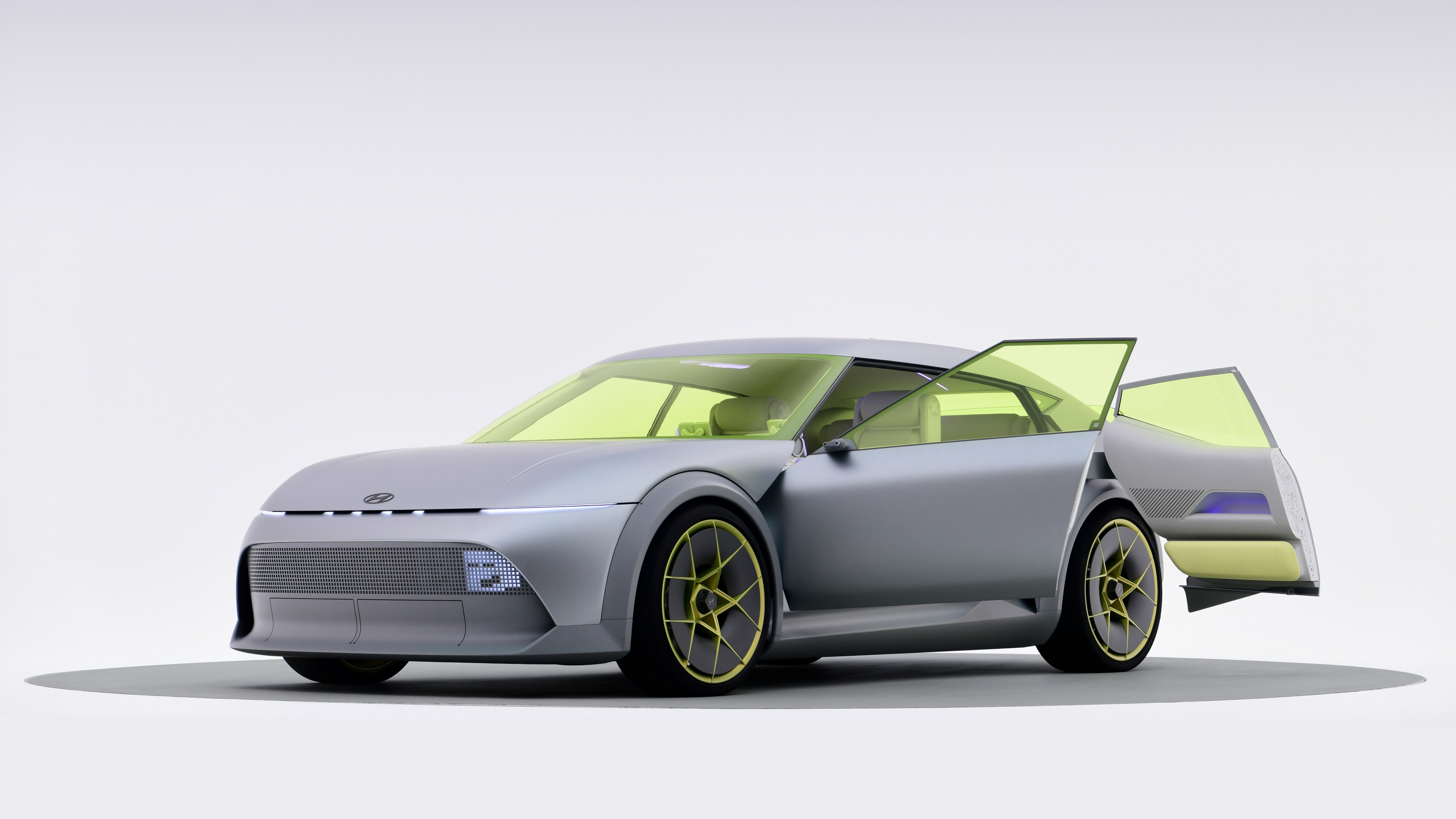 All the new electric cars and concepts revealed at Munich’s IAA Mobility 2025
All the new electric cars and concepts revealed at Munich’s IAA Mobility 2025Munich’s alternative motorshow is now in its third iteration, combining a traditional exhibition space with a conference and large-scale public activations on the streets of the city
-
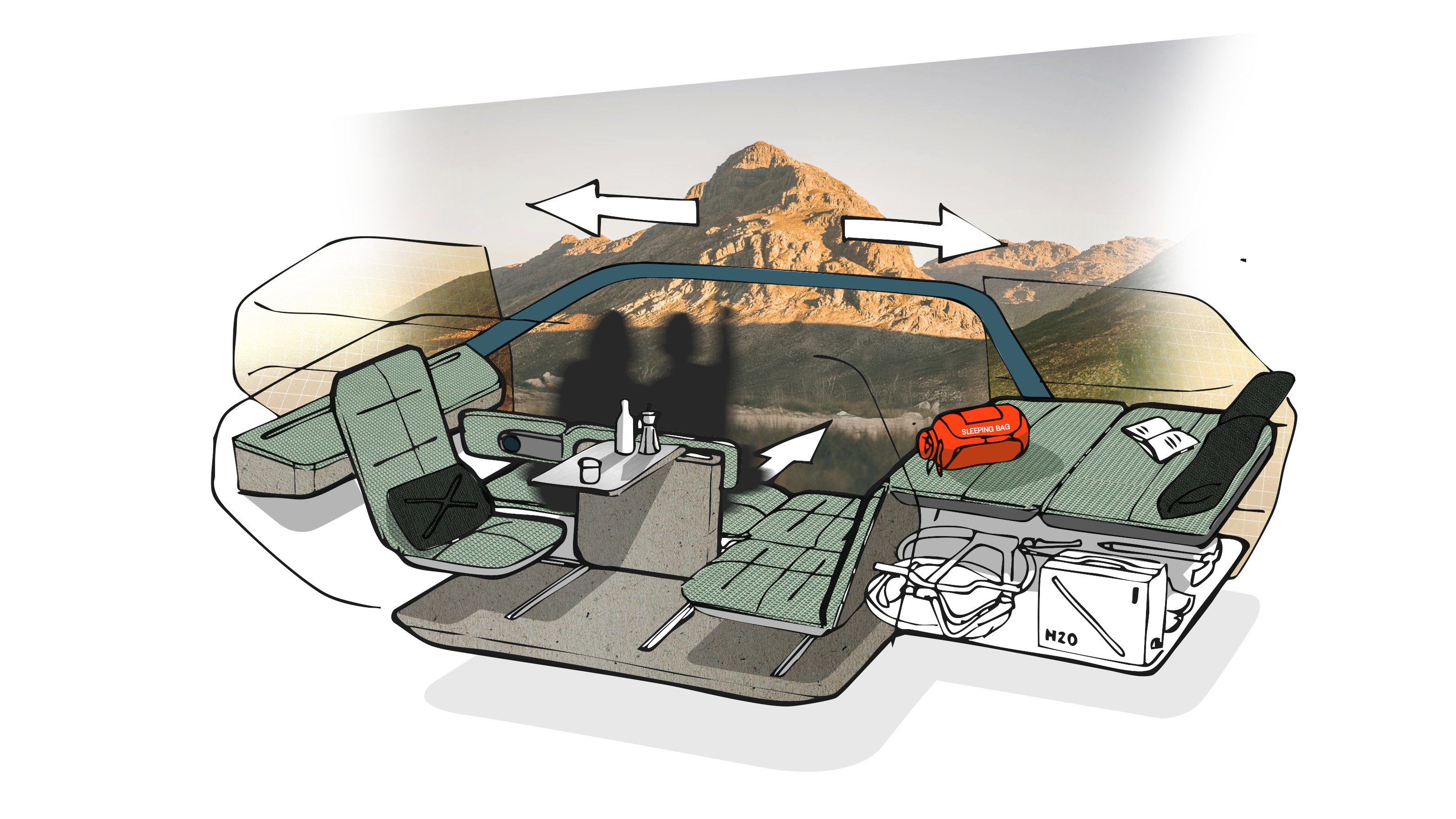 How will future car interiors take shape? London studio NewTerritory has a vision for automotive design
How will future car interiors take shape? London studio NewTerritory has a vision for automotive designDesign studio NewTerritory has set up a new automotive division to explore the future of car interiors. We interrogate the team
-
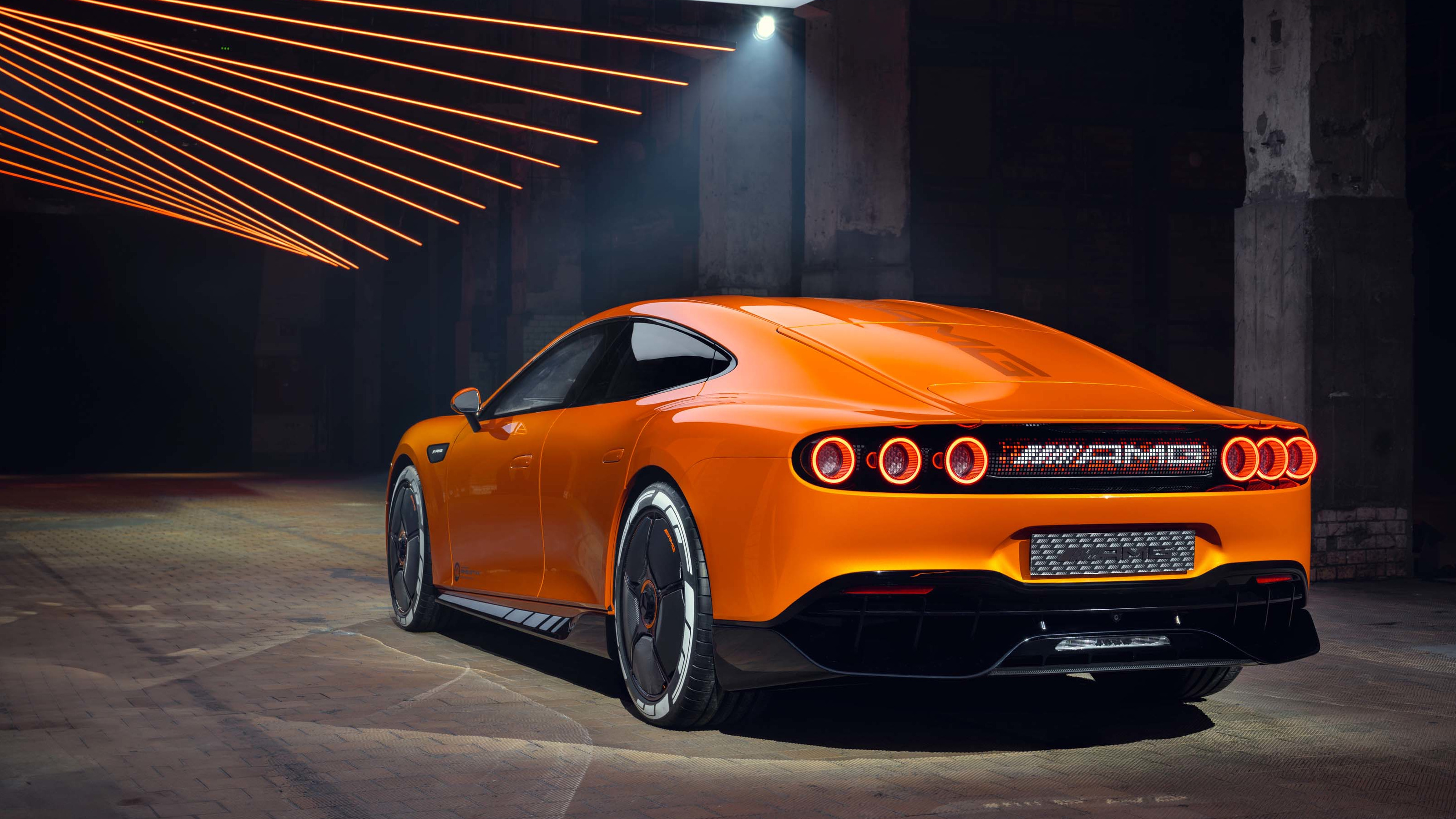 A mighty concept coupé from Mercedes-AMG rewrites the electric performance car rulebook
A mighty concept coupé from Mercedes-AMG rewrites the electric performance car rulebookThe Mercedes-AMG Concept AMG GT XX is a four-door coupé that explores new approaches to battery tech, brake cooling and aerodynamics. As a sign of things to come, it can’t be ignored
-
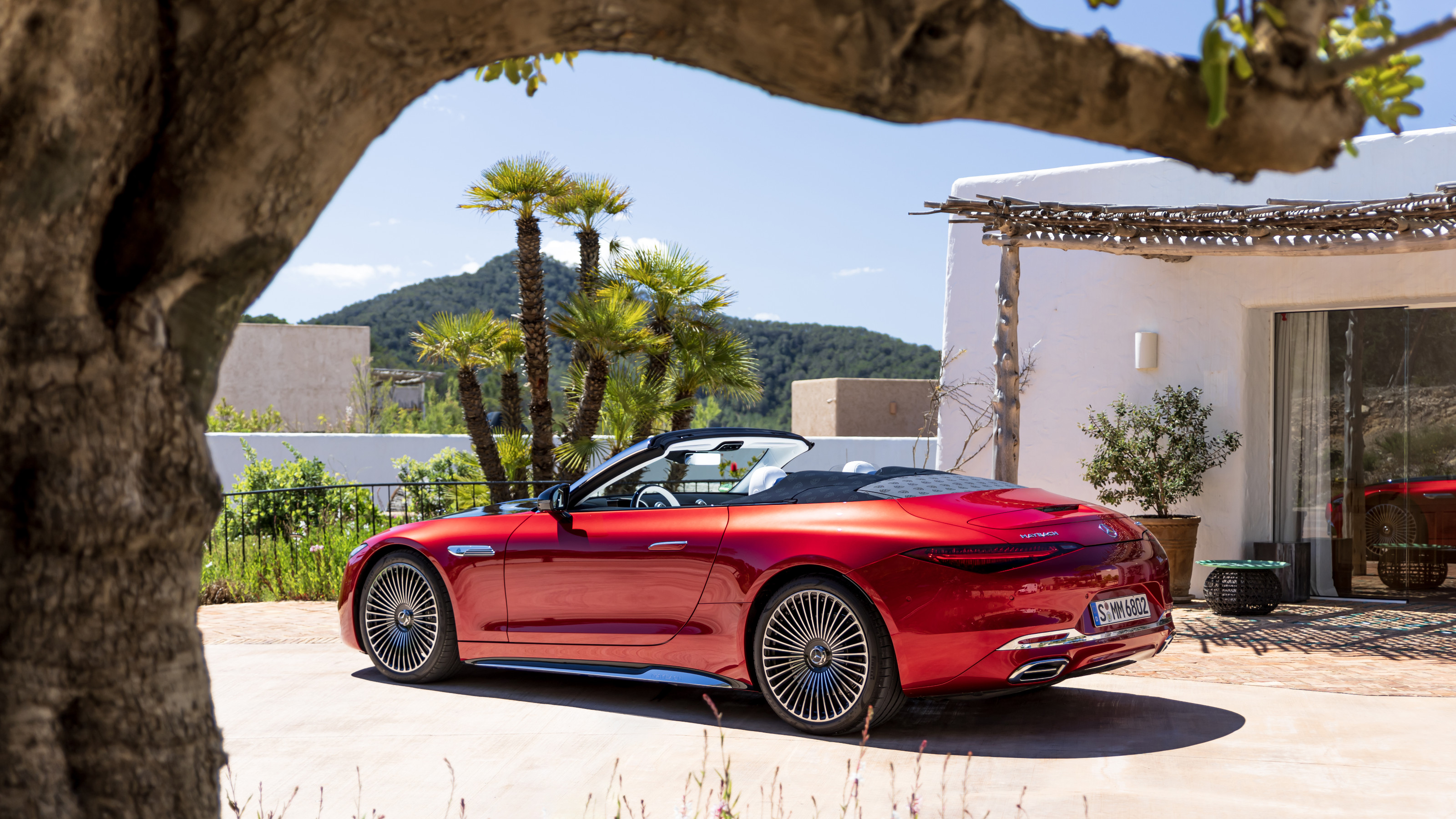 The Mercedes-Maybach SL 680 Monogram Series is an eyeful as well as a mouthful
The Mercedes-Maybach SL 680 Monogram Series is an eyeful as well as a mouthfulMercedes-Maybach’s first-ever sports car is comprehensively ‘wallpapered’ in the brand’s double-M design. We sampled this monogrammed machine on the coast of Ibiza
-
 Mercedes-Benz previews its next-gen people mover with an ultra-luxury EV concept
Mercedes-Benz previews its next-gen people mover with an ultra-luxury EV conceptThe Mercedes-Benz Vision V Concept is an art deco picture palace on wheels, designed to immerse passengers in parallel worlds as they travel
-
 The new Smart #5 takes the brand's essential character upmarket and offroad
The new Smart #5 takes the brand's essential character upmarket and offroadKai Sieber, head of design Smart at Mercedes-Benz Design, discusses the evolution and style of the new Smart #5
-
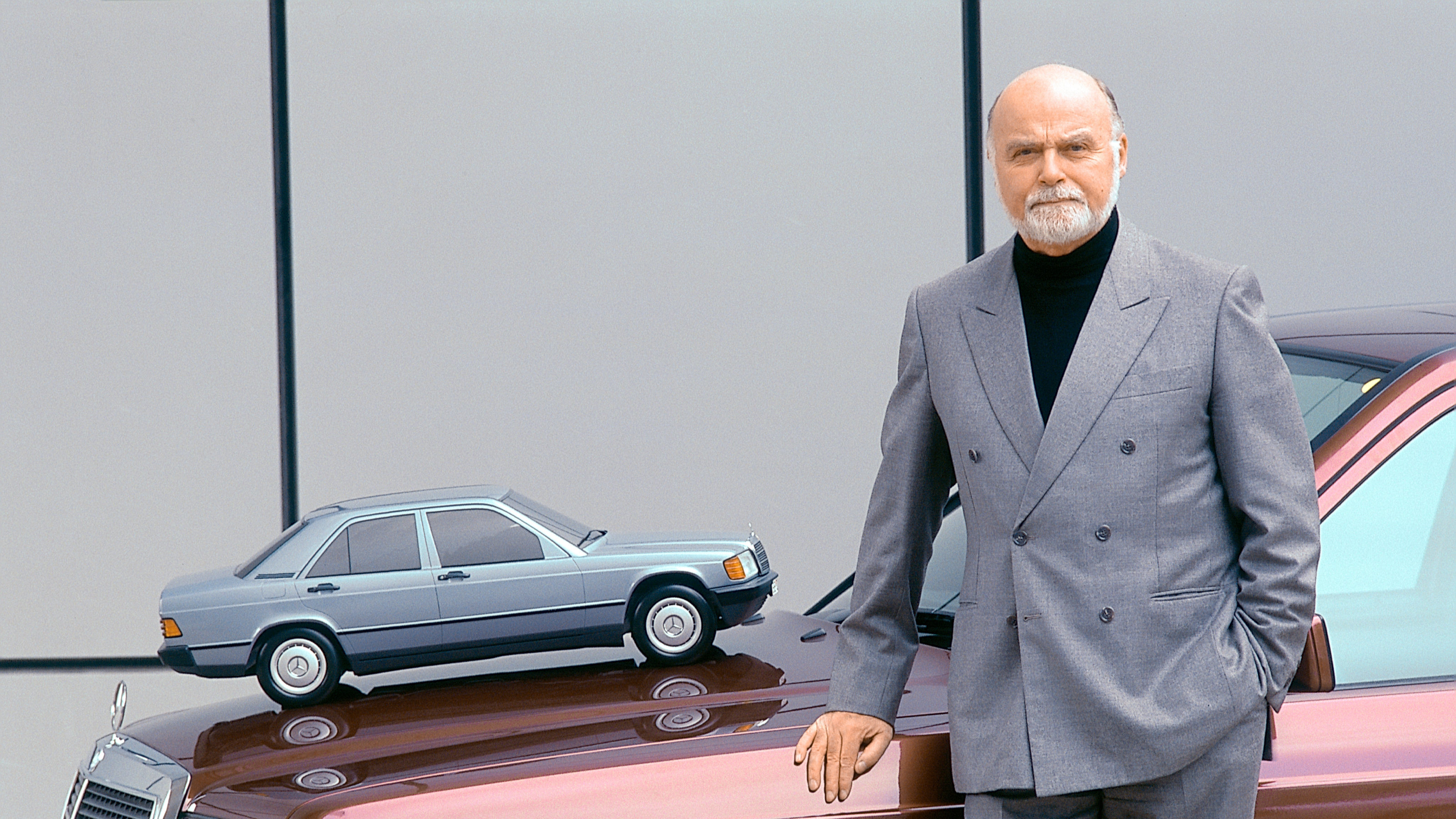 In celebration of Bruno Sacco, the man who brought order and elegance to Mercedes design
In celebration of Bruno Sacco, the man who brought order and elegance to Mercedes designThe car designer Bruno Sacco has died. Sacco shaped Mercedes-Benz design for nearly a quarter of a century. We look back on his impressive legacy
-
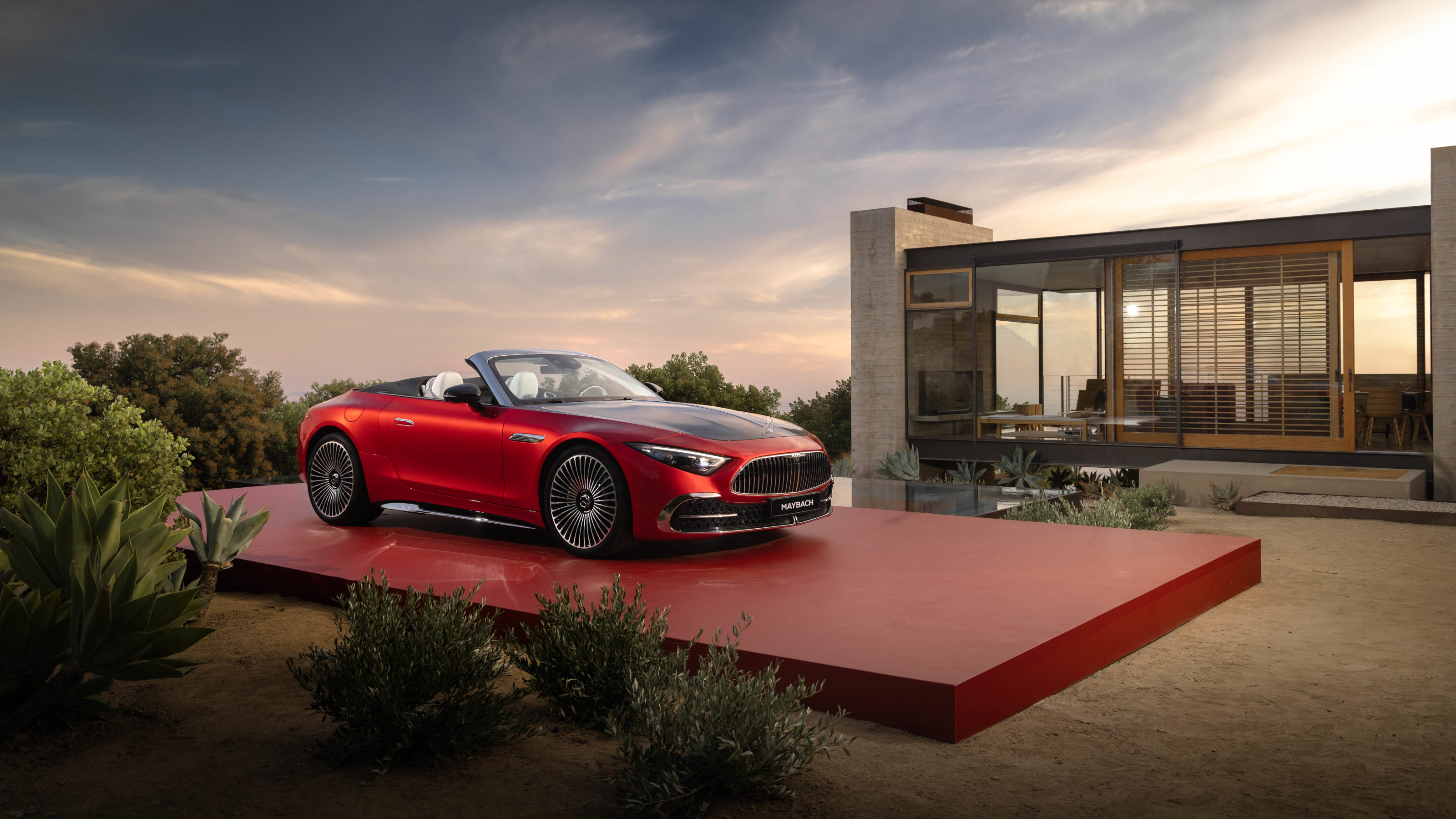 Does the Mercedes-Maybach SL 680 Monogram Series epitomise Pebble Beach culture?
Does the Mercedes-Maybach SL 680 Monogram Series epitomise Pebble Beach culture?Mercedes-Maybach launched its new SL 680 Monogram Series at Monterey Car Week 2024. How does Maybach's 21st-century take on upper-class motoring square with America's most upscale auto show?